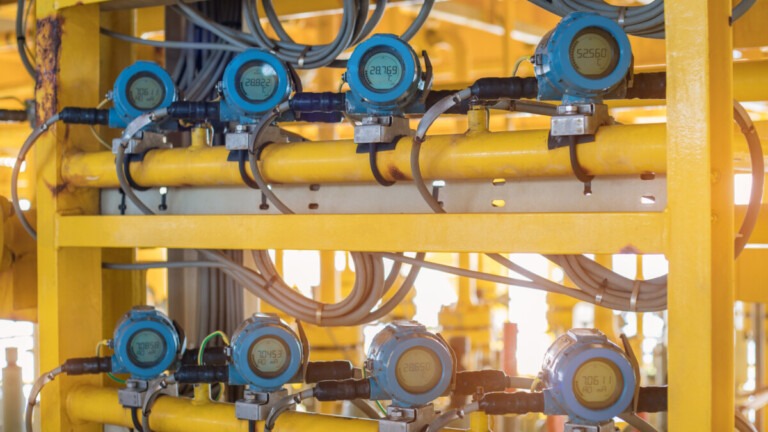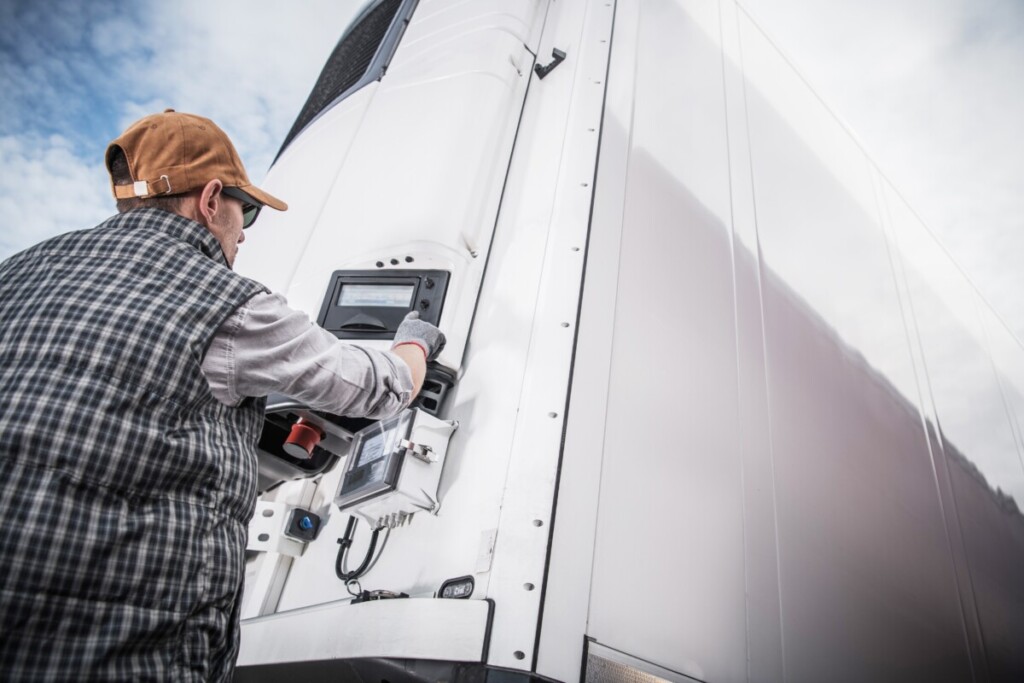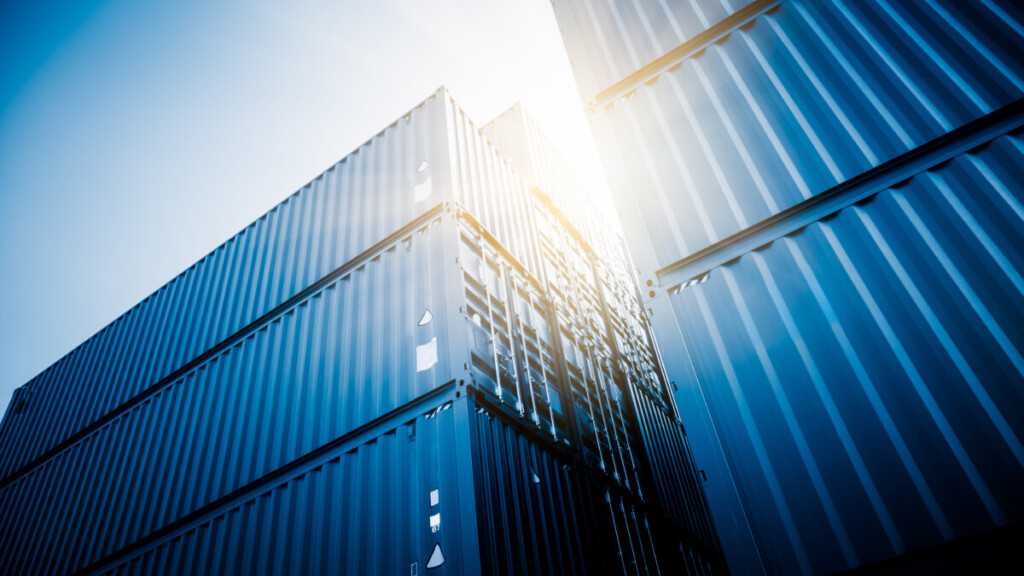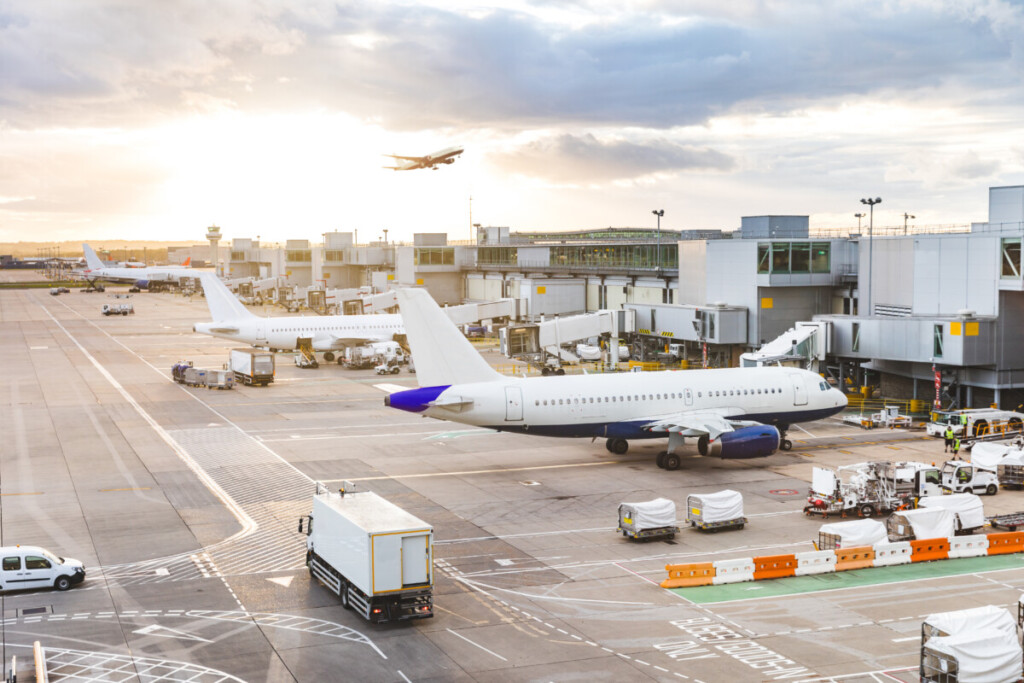5 Critical Functions of IoT Asset Trackers

When it comes to IoT asset tracking, the first thing that comes to mind might be monitoring items or vehicles in transit. But IoT asset trackers have a number of key functions that apply to a wide range of use cases – they are a critical component in making sure equipment runs smoothly, livestock can be found for critical medical care, and infrastructure gets preventative maintenance on a regular basis, among other things.
IoT sensors can be used to collect asset data to fulfill a number of purposes. These include:
- Temperature Sensing
- Performance Management
- Increased Security
- Location Tracking
- Automation
In this post, we’ll look more closely at each of these functions and the use cases where they will be most beneficial to organizations deploying networks of IoT devices to support their operations.

Temperature Sensing
Goods that must be transported at a particular temperature – such as agricultural products that must be protected from spoilage, or medical products that must be kept at a specific temperature for transport to avoid degradation – are considered part of the “cold chain.” These assets must be monitored regularly to ensure the goods do not slip out of range, and any deviations need to raise alarms sooner rather than later to maintain optimal quality of whatever is being shipped.
IoT thermal sensors can help make the process of monitoring temperature in a container or other method of transport much more efficient. Sensors can provide round-the-clock monitoring and feed data to operators that can then be analyzed remotely. This is considerably more effective and foolproof than having an operator hand-check for the data at regular intervals.
Temperature sensors don’t only track items that are in motion, however. They can be installed in warehouses that store temperature-controlled goods, monitor equipment like aquariums to ensure water is not too hot or too cold for specific kinds of fish, or even ensure the protection of equipment that must operate within specific temperature ranges, like industrial control panel enclosures or servers in data centers.
Performance Management
One of the ways the IoT supports business value is by offering tools to observe the functioning of equipment and elements of the overall company infrastructure. For example, monitoring the performance of trucks in a fleet can provide critical data that can inform when to bring trucks in for maintenance. Elsewhere, data fed from a smart building can help operators make decisions about how to optimize systems to better meet the needs of the people living and working inside.
In fact, using data to analyze the performances of IoT devices can actually help the deployment itself. By monitoring the activity of individual SIM cards, companies can determine if any have not been active recently. Monitoring data usage can also give insight into whether hackers are trying to exploit devices to gain access to sensitive data or issue DDoS attacks.
Companies that use IoT solutions to better manage the performance of their equipment and networks can better anticipate when they’ll need to repair or replace something experiencing wear and tear within their system. This can minimize any downtime that would otherwise result from equipment failure and allow better management of human resources – by deploying workers to fix something or provide maintenance service before irreparable damage can occur, they save money and ensure their workforce is deployed more effectively and efficiently.

Increased Security
In the first quarter of 2022, cargo theft losses cost companies $19 million in the U.S. and Canada alone, a 73% increase over losses recorded during Q1 in 2021. Supply chain congestion has contributed to that rise – with containers and the goods they hold stuck at ports and railheads, there are more opportunities for criminals to break in and steal those commodities.
IoT container tracking systems can offer many security benefits for these assets. Not only can companies use GPS trackers to monitor the precise location of a container, but door and movement sensors can notify fleet managers if a container has been compromised at an unexpected time. Weight sensors, too, can provide useful information about whether or not something has happened to the contents of a container.
There are also many ways increased security from asset tracking can help businesses operate more efficiently. Any company or industry that has to protect high-value assets can benefit from this functionality. For example, hospitals might use IoT asset trackers to keep tabs on prescription medication taken in and out of a pharmacy or might make sure they know where all their ventilators or pulse oximeters are located. An oil and gas company might use perimeter sensors to make sure no unauthorized individual breaks into their sites and damages the assets there.
Location Tracking
Though location tracking is most obviously a tool that can provide increased security, that is not the only way this functionality can be leveraged. For example, every year, several billion pieces of luggage are checked into airlines and sent to a wide network of destinations. Sophisticated location tracking allows airline agents to determine whether or not an individual piece of luggage made it onto a flight and, if so when it is expected to arrive at its destination. It provides peace of mind to harried passengers who might not have found their suitcase on the baggage carousel.
Location tracking has also become a regular feature of marathons, walk-a-thons, and other events that require certification of either the number of laps or the time at which a person moves across a particular line. “Chip timing” is now a regular feature of big marathons with lots of participants – it allows runners who might not be right at the starting line when the starter’s gun fires to begin clocking their event when they cross that line rather than at the sound of the gun. Though the individual runners might not think of themselves as assets, many of the events that use RFID chips in runners’ bibs to track their movements and time are expensive events with big reputations to uphold. Being able to leverage IoT asset trackers to ensure the event runs smoothly ensures the event will be profitable year after year.
In West Africa, goats are a prized asset. For many families, their goat or goats is their link to food security. The Red Cross is working with Soracom’s satellite IoT partner, Astrocast, to track the location of herds of goats so they can provide them with the appropriate vaccines to keep them healthy and productive. It’s another use case where location tracking is critical, though the asset is a cultural and agricultural one rather than an industrial one.

Automation
Automated asset tracking provides consistent, frequent data that companies can use to make quick and accurate decisions about their infrastructure, equipment, and even personnel. Information that is provided automatically eliminates concerns over errors – like typos and miscalculations – that can happen when data is collected and shared manually.
Automation in IoT asset tracking offers great benefits at sites like airports, where there may be multiple companies operating at the same time. With equipment ranging from wheelchairs to luggage carts to trucks in constant motion and with very little consistent oversight from company to company, a steady stream of data coming into a central operations hub can help make sense of what might, from the outside, look chaotic.
In the manufacturing sector, data provided through automation is helping companies better manage complex production cycles and equipment maintenance. The availability of this real-time information can allow manufacturers that are using this technology to be more competitive in their markets and see a bigger ROI in equipment and personnel.
IoT Asset Trackers are More Versatile Than Many Assume
When companies leverage these five critical features of IoT asset trackers in service of their operations, they also drive adoption of this technology. As a result, the IoT asset tracking market is predicted to increase from US$3.9 billion in 2022 to US$6.6 billion by 2027. By using asset tracking in creative ways, companies in every sector are able to save maintenance costs, have a better sense of where equipment is located and when it needs to be replaced, and boost productivity with the help of the data collection provided by these tools.
***
Want to hear more about how Soracom can support your IoT asset tracking project? Whether you’re an existing customer, interested in learning more about our product and services, or want to learn about our Partner program – we’d love to hear from you!





